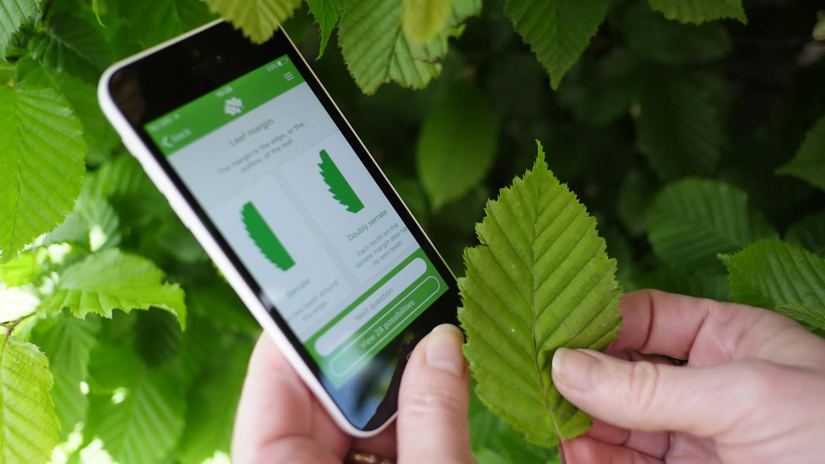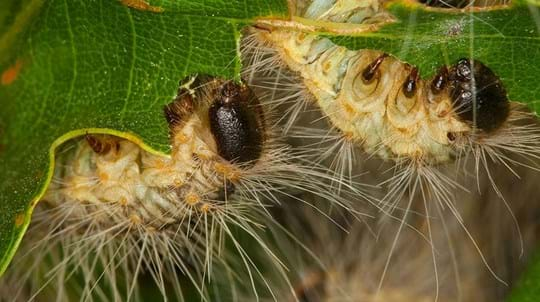
Credit: Zoonar GmbH / Alamy Stock Photo
Leaves
Short scale-like leaves are grouped in fours and hide the twigs, forming flat planes. They are closely pressed together, producing flat sprays of foliage. They are green with a whitish tinge underneath. The foliage has a pungent scent, rather like parsley.















